So, you’ve given your succulents just the right care and now you get to enjoy their beautiful blooms. Nothing can ruin that feeling of excitement knowing that your succulent caregiving skills are good enough to make your precious plants blossom.
Except for that spider-like web, you notice when you examine your succulents’ flowers up close. And what are those tiny specks crawling around on your plants? You must be dealing with spider mites. A spider mite infestation can be a huge disappointment during an otherwise exciting time.
Before you can get rid of these pesky critters, it’s important to know thy enemy. The more you know about the pests that infest your succulents, the better equipped you’ll be to exterminate them.
Jump to:
What are Spider Mites?
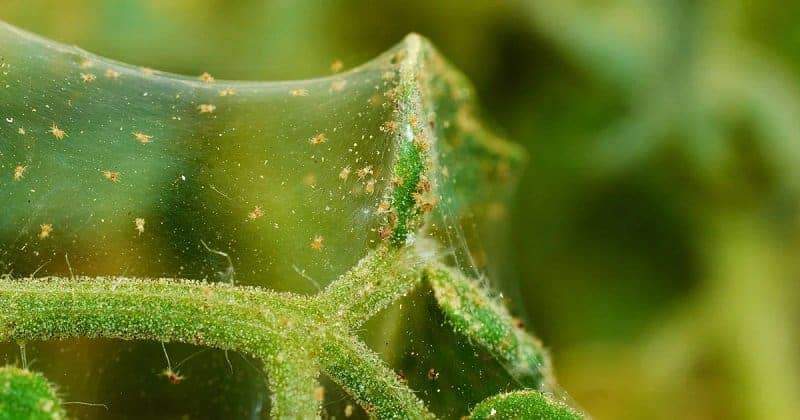
How can you tell that the mites you’re looking at are spider mites and not clover mites? Read our guide on the differences between these two species of pests here. The most noticeable difference between them is the characteristic that gives the spider mite its name.
Spider mites get their somewhat confusing name from the tiny, wispy webs they weave to protect themselves from predators. Unlike spiders, their webs are messy and disorganized.
Although spider mites are considered mites and not actual spiders, they are distant relatives of spiders. They too have eight legs and are part of the Arachnid family, along with scorpions and ticks.
However, unlike many of their better-known relatives, spider mites are tiny. They measure less than ⅛th of an inch in length. It’s unlikely you’ll be able to see much detail with the naked eye, but if you get a magnifying glass, you’ll be able to get a better look. Without that, spider mites tend to look like moving specks all over your plants.
These destructive mites feed on your succulents by puncturing the top layer of the plant’s skin and sucking the juices out.
Sure, a single speck-sized mite won’t do much damage, but these guys live in colonies. An entire colony of spider mites can be enough to kill a plant in just a few days.
Unfortunately, spider mite colonies can grow incredibly quickly. Though each individual mite’s lifespan lasts only about a month, it’s possible for adult females to lay up to 20 eggs each day throughout adulthood.
Once laid, the eggs hatch in a few days. You can easily see how a colony’s population can reach out of control proportions in a surprisingly short amount of time.
Signs of Spider Miter Infestation
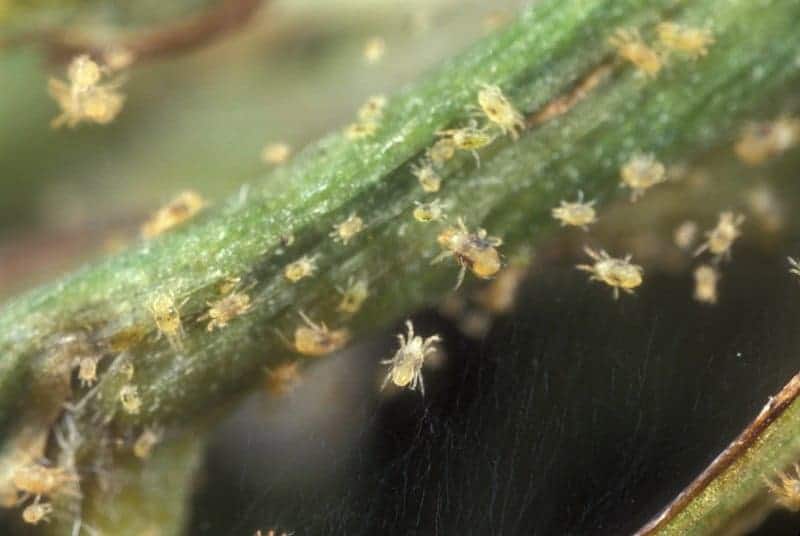
Initially, it can be difficult to notice the damage caused by spider mites. This is due to the fact that spider mites live on the bottoms of leaves, rather than out in the open.
The most telltale sign of a spider mite infestation is their distinctive webs. The insects themselves are so tiny, you’re unlikely to notice them before they’ve begun to do serious damage to your plants. Instead, keep an eye out for their delicate webs.
At first, a spider mite infestation will appear as tiny dots or patches of leaf discoloration called stippling. This stippling can range in color from white to yellow to brown, depending on the leaf and the level of damage.
You may only see the damage on a single leaf or two, but as the spider mite colony grows, more leaves will become affected. Eventually, the leaves will yellow and drop off.
Spider Mite’s Ideal Environment
Most pests that frequent gardens are known for their love of warm, moist conditions. Spider mites are a little different in that they prefer hot, dry conditions.
As you might imagine, this means that spider mites are a pretty common pest in succulent and cacti gardens. You’ll also be disappointed to learn that they can be found anywhere in the world. So, no matter where you live, you won’t be able to hide your succulents from those awful spider mites.
Spider Mite Life Cycle
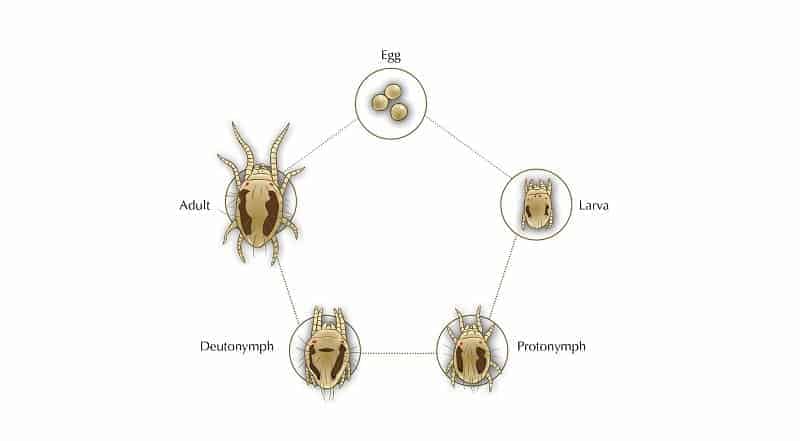
As previously mentioned, it takes only a few days for a spider mite egg to hatch. From there, a spider mite larva will reach adulthood in just one to two weeks. The exact time frame will depend on the weather and average temperature.
No products found.
Depending on the exact species of spider mite and the specific weather conditions, some larvae can reach sexual maturity in as little as five days after hatching. After that, each adult female is capable of laying up to 20 eggs per day for the remaining few weeks of her lifespan.
Spider mites are capable of adapting quickly to resist chemical pesticides, especially if the same chemical is used consistently over a long period of time.
Spider Mites and Flowering
Getting your succulents to flower takes a lot of time and energy so you want to be sure you tackle a spider mite infestation as soon as possible.
As with many other types of pests, prevention is the best medicine when it comes to spider mites, especially if you suspect your succulents will be flowering soon.
As the season for blooming approaches, be sure to check your plants at least weekly to ensure that they’re in good shape with no pests moving in.
Many species of succulents and cacti require very specific care in order to flower, so it’s important to keep any pest populations in check so that your beloved plants can bloom without interruption.
Getting Rid of Spider Mites
Chemical Pesticides
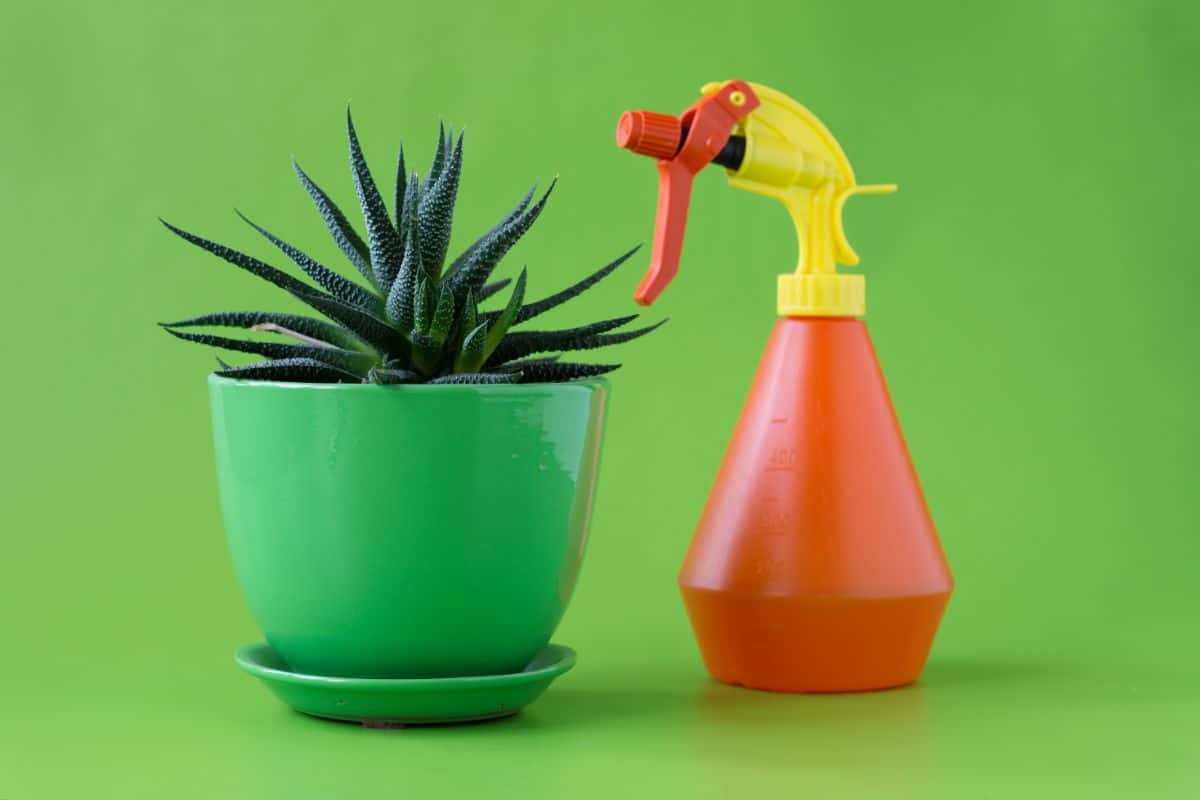
Although spider mites are a stubborn pest, we don’t recommend using chemical pesticides if at all possible. There are so many more natural solutions to the problem without resorting to harsh chemicals.
Not only do chemical pesticides put your plants at risk, but you are also at risk of harm. Whether inhaled or absorbed through the skin, pesticides can cause a host of health problems for any gardener of any age.
Plus, as previously mentioned, spider mites tend to become resistant to chemicals when they’re used consistently over a long period of time. This means that even if they do work in the beginning, the following generations of spider mites will become unresponsive to the pesticides and their population will continue to grow.
High-Pressure Water
One of the most natural treatments for spider mites is simply water sprayed onto the plant with high pressure. This won’t completely solve your mite problem, but it will help remove the mites’ protective web and knock more than a few off the plant.
Try using a garden hose or a direct stream from a spray bottle to dislodge the mites and their webbing. Remember, you’ll need to lift the leaves up to spray off the undersides of the leaves.
Be sure to use enough water pressure to knock the mites off the leaves, but not so much pressure that you injure your succulents in the process. You don’t want to damage your plants in your attempts to save them from further damage by pests.
Neem Oil

One of the most popular and natural pest control solutions available to succulent gardeners around the world is neem oil.
While natural, neem oil can be irritating to your skin and eyes, so avoid direct contact. Wear gloves when applying it to your plants if possible, to reduce any chances of irritation. Neem oil can also be toxic to cats if consumed, so keep it away from your furry friends.
However, since neem oil is a naturally occurring compound, it’s actually non-toxic to your plants, as well as any friendly insects such as bees and other pollinators. This is because insects need to consume the neem oil in order for it to work as a pesticide and pollinators don’t feed on your succulents.
Though neem oil does repel pests, it also interferes with insects’ hormone systems if consumed. This makes it difficult for pests like spider mites to grow, reproduce, and lay eggs. This feature of neem oil is particularly helpful in slowing the outrageous reproduction rate of spider mites.
When using neem oil on your plants, it can be difficult to apply it directly to the affected areas, especially if you’re using it in a spray form. In order to reach the mites, you’ll need to lift up the leaves or flip the plant over.
Unfortunately, neem oil is not a one-and-done treatment. You’ll need to reapply every two or three days until the infestation is gone. This can take some time as you likely have several generations of mite on your plant at any given time.
Insecticidal Soap
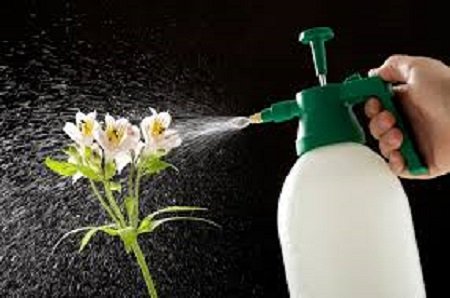
Another popular and effective method of spider mite control is pesticidal soap. Insecticidal soap is simply a spray made from diluted soap. It’s typically non-toxic to gardeners, their pets, and their plants, but is incredibly effective on most garden pests.
Insecticidal soap is effective because it penetrates the insects’ cuticles. This causes their cells to collapse and lose moisture. Simply put, it works by drying them out.
You can also make your own insecticidal soap at home if you’re the DIY type. To make the soap mixture, simply dilute soap in water. A few drops in a spray bottle will be plenty.
Just be sure that you’re using actual soap and not detergent. Most of the dish soaps and hand soaps you see in the store are detergents NOT soap. Detergents are harmful to plants so you want to make sure you’re using actual soap in your insecticidal soap mixture.
Brands like Ivory Snow, Dr. Bronner’s, Ivory Liquid, and Shaklee’s Basic H are all real soap. Try to avoid any soaps with added chemicals such as fragrance.
To apply insecticidal soap, make sure you apply the spray to the undersides of the leaves. You may need to tilt or flip over your plant to ensure even coverage.
Remember, the spray needs to come into direct contact with the pests in order to work effectively.
Preventing Spider Mites
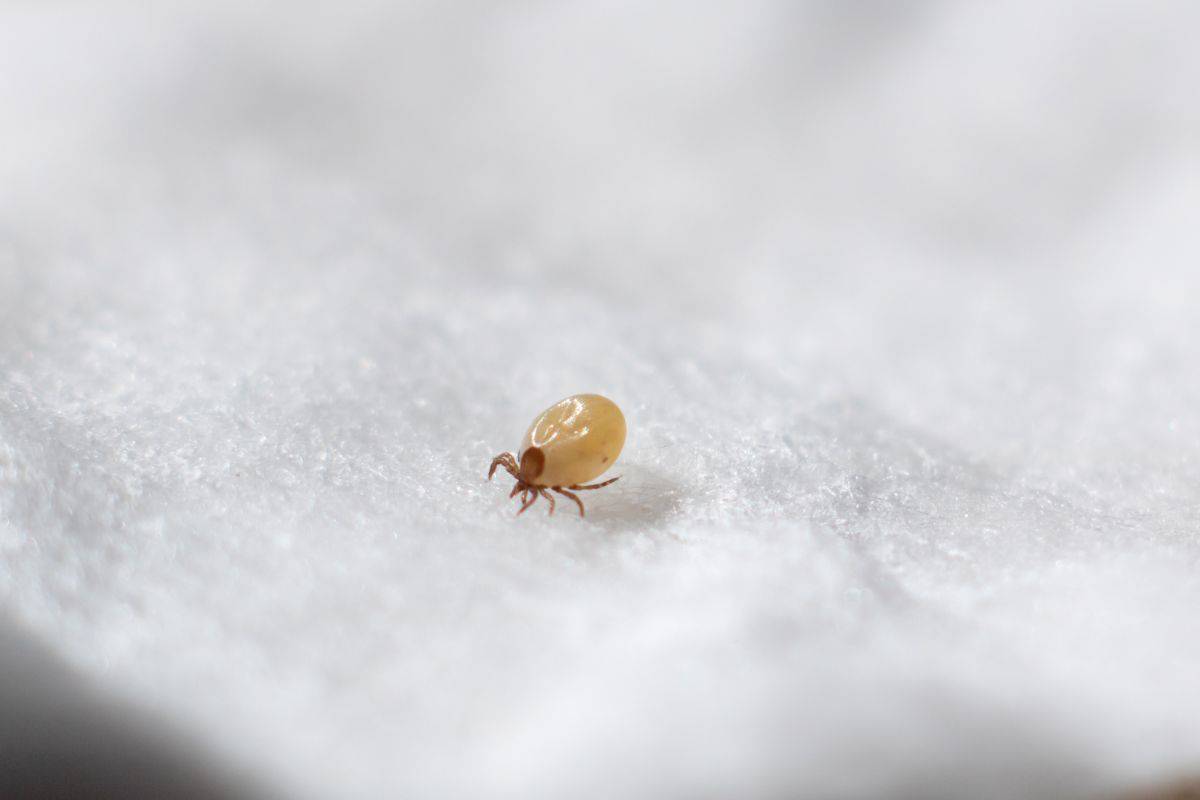
As with most garden pests, an ounce of prevention is worth a pound of cure. You probably won’t be able to keep spider mites away from your beloved succulents for good, but you can take care of an infestation before it reaches out-of-control proportions.
Predatory Mites
Another option for spider mite control is predatory mites. These are one type of mite that you want to have in your garden. Predatory mites feed on spider mites, not your plants.
Keeping predatory mites in your garden is an excellent way of keeping the spider mite population in check. The good mites will be able to consume most of the bad mites before they take a toll on your plants.
It’s important to note that predatory mites are better at preventing an infestation than exterminating one. Unfortunately, these little guys can’t eat enough to tackle a huge number of spider mites at once.
If your succulents are suffering from spider mites while flowering, try to get the infestation under control using other methods before introducing predatory mites. This way, they’ll have a better chance of taking care of the rest.
It’s also important to remember that you should never use insecticidal soap or neem oil if you’re also using predatory mites. These pesticides are effective on all mites, not just the harmful ones.
Diatomaceous Earth
Another preventative measure you can consider taking is to surround your succulents and cacti with diatomaceous earth. Diatomaceous earth is basically a crumbled substance made from the fossils of tiny aquatic organisms.
It works on pests the same way insecticidal soap does. The sharp edges cause abrasions in the insects’ exoskeleton, allowing the diatomaceous earth to penetrate and dry the bug out.
Again, if you’re using predatory mites, you’ll need to avoid using diatomaceous earth. However, it can be an excellent way of adding a protective barrier around your succulents since it works on many different types of insects, not just spider mites.
You Might Also Like:


